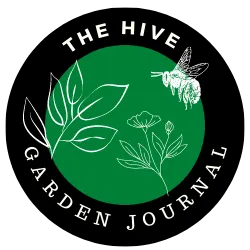Hi everybody! Here's the second in this early season ID guide for South Australian edible mushrooms. This one is about that easy to find, easy to identify Saffron milk Cap.
I'll be breaking up the series of posts about Agaricus mushrooms with other, very different mushrooms otherwise all of the descriptions will blur into each other. last weeks was the most important of the Agaricus to learn to ID, as it is the only local toxic one and has a couple of very distinctive features. Here's a link to that post to refresh your memory - Yellow Stainer
This week's mushroom is much more pleasant!
Saffron Milk Caps, Pine Mushrooms (Lactarius deliciosus)
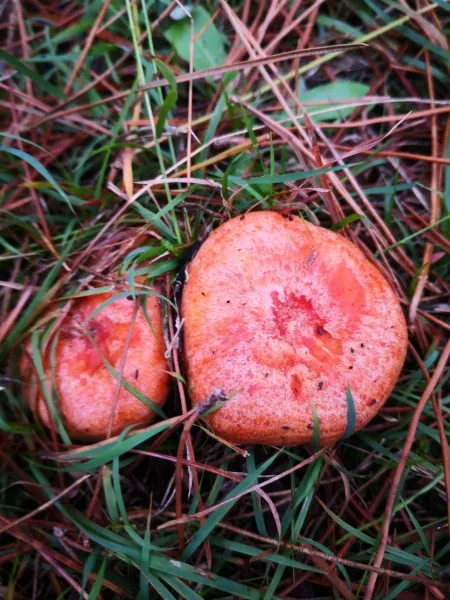
Phylum: Basidiomycota. Class: Agaricomycetes. Order: Russulales. Family: Russulaceae
Saffron Milk Caps (Lactarius deliciosus), otherwise known as ‘Pine Mushrooms’ are a very common and fortunately, very distinctive, edible mushroom in the Pine forests not far from here.
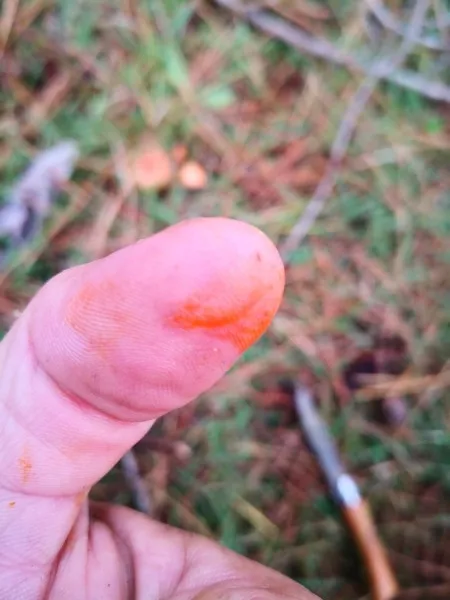

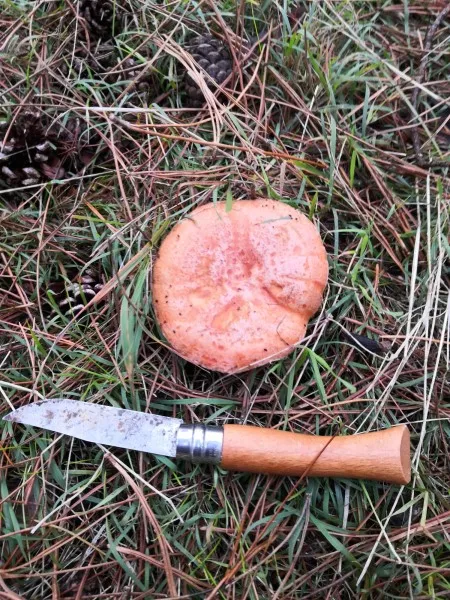
Saffron Milk Caps are one of the seemingly few things in nature which clearly show where their name comes from. ‘Saffron’ because of their colour, ‘milk’ because of the orange juice or milk that they bleed when cut. Their taxonomic name too is a dead give away anything that has ‘lact’ in it relates to milk, ‘deliciosus’ because, well…they’re delicious!
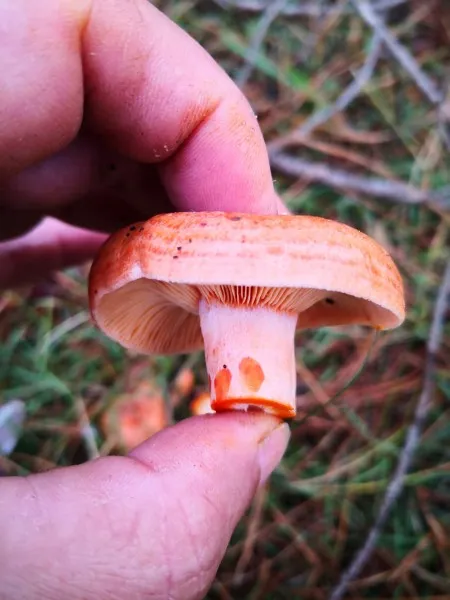
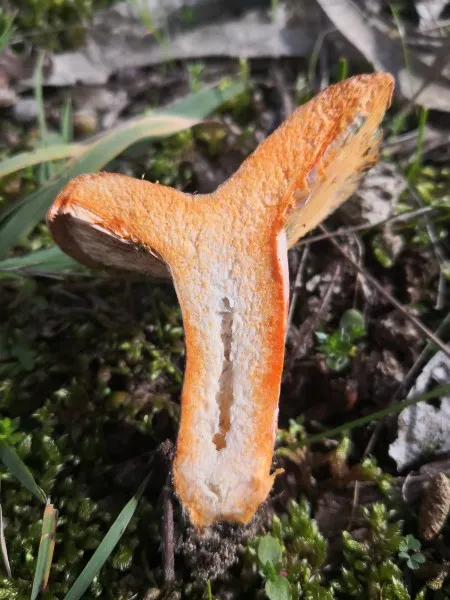
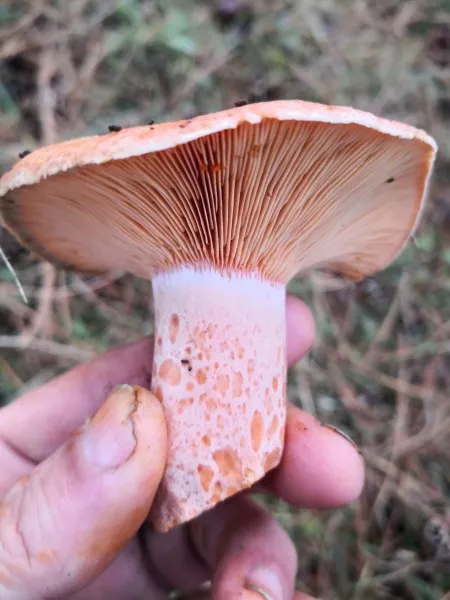
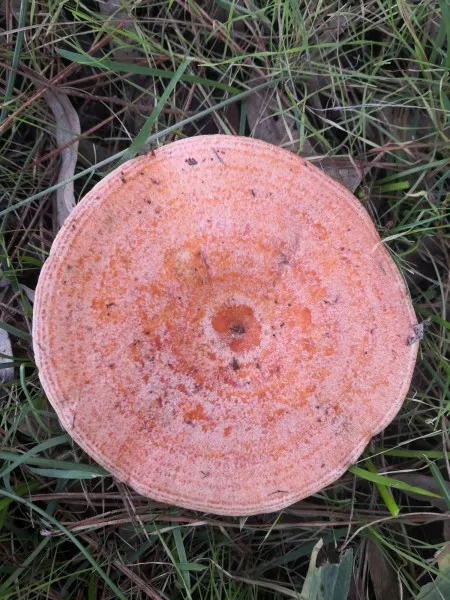
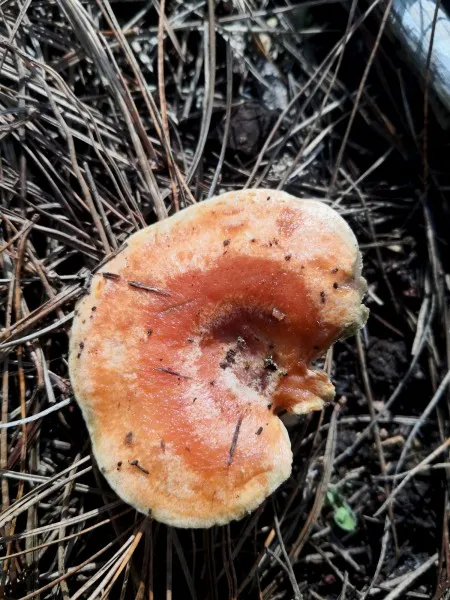
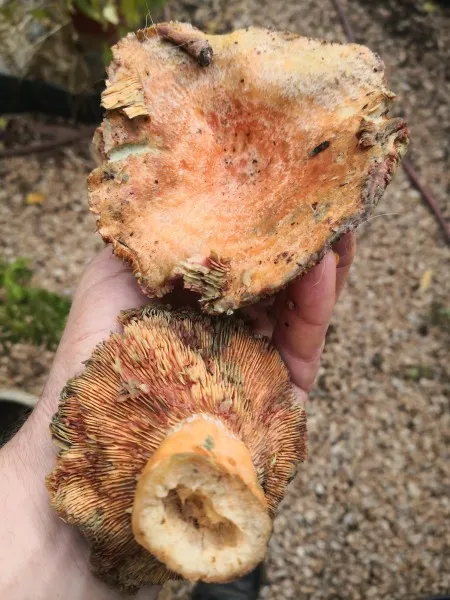
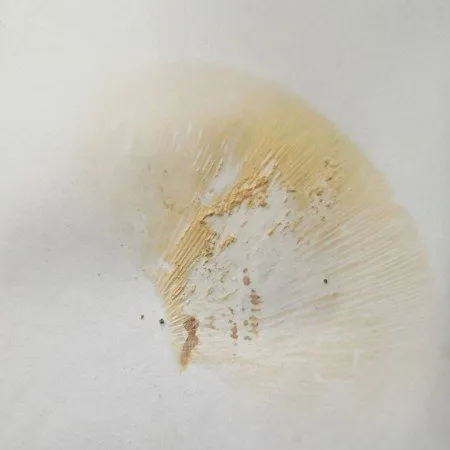
Identifying Saffron Milk Caps – a summary:
If you’re under Pine trees and find something that you think could be a Saffron Milk Cap, look for these details –
- Orange colour
- Orange blotches on the stem (stippling)
- Undivided gills that are easily damaged
- Hollow stem up to about 5 cm long and 1 to 3 cm wide
- Orange milk where cut, especially the stem
- Rings on the cap – they may not be distinct circular lines but you can see them
- Convex cap when young going to concave when mature
- Cap up to 15 cm diameter (though you wouldn’t pick it that big).
- They start to turn a blue/green as they get damaged age, especially the gills. They look scruffy and seem to be falling apart but are still quite edible.

If you find a mushroom under Pine trees that fits all of the above requirements, you’ve got yourself a Saffron Milk Cap! They’re easy to find and you’ll usually find Slippery Jacks, Laccaria, Weeping Boletes and False Truffles near with them
Caution: Raw Saffron Milk Caps can have mild toxicity. Always cook them before eating as the cooking process destroys the toxin.



